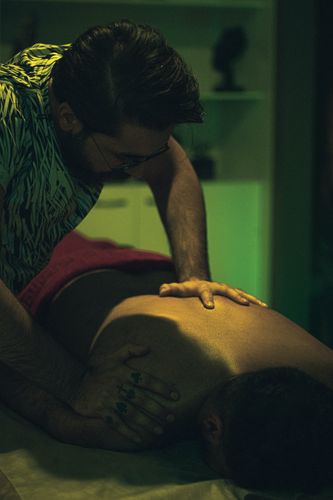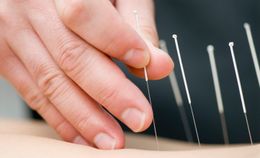What really is sciatica and why do I have it?
Sciatica refers to the pain that you feel when the sciatic nerve is inflamed and/or there is a problem with that nerve. The sciatic nerve comes from the spine and more specifically, the low back. Below are 5 common reasons why someone may have pain coming from this region:
Disc herniation/bulge
The disc is the cushion in between each area of the spine. Injury to the disc can happen suddenly or even over time. This can occur even when bending over to pick up a pencil. When this happens, it can put pressure on the nerve - the sciatic nerve. This can cause pain in the low back, butt, thigh, back of the leg, and even the feet.
Tight muscles
The sciatic nerve passes by different muscles. One of them is called the piriformis muscle. When the piriformis muscle is tight, the sciatic nerve may be impinged and/or inflamed. This can cause pain in the butt, thigh, leg, and feet. When this happens, you may or may not have low back pain associated with it.
Short leg and abnormal posture
Around 90% of the population has an anatomical short leg. When this happens, it leads to an imbalance in the posture and spine - just like how the leaning tower of Pisa is slanted because the foundation is off. This can lead to one side being tighter than the other, causing pressure on the muscles, joints, and even the nerves. This can cause sciatic pain. Also, people have different postures such as a swayback (when people lean backward), scoliosis, and even shifts to the right or left side. This will cause the same issue.
Reversed lumbar (low back) curve
The lumbar spine (low back) is supposed to have a curve to it. People that have decreased curve have an increased chance of having low back pain and even sciatica. When the spine is going in the opposite direction, it will pull on the nerves. The nerves all stem back to the spine and when they are pulled on, they will get inflamed and will cause pain going down the butt, leg, and even to the feet.
Forward head position AKA text neck
When the head shifts forward, it causes the muscles in the low back to stiffen to hold the head. It is like when you hold a bowling ball out in front of you. It is much harder to hold it further away from you than close to your body. Also, when the neck goes forward, it causes all the nerves in the spine to tighten up - even the sciatic nerve.
References:
1Paulk GP, Harrison DE: Management of a chronic lumbar disk herniation with chiropractic biophysics methods after failed chiropractic manipulative intervention. J Manipulative Physiol Ther, 2004, 27: 579
2Moustafa IM, Diab AA: Extension traction treatment for patients with discogenic lumbosacral radiculopathy: a randomized controlled trial. Clin Rehabil, 2013, 27: 51-62





















